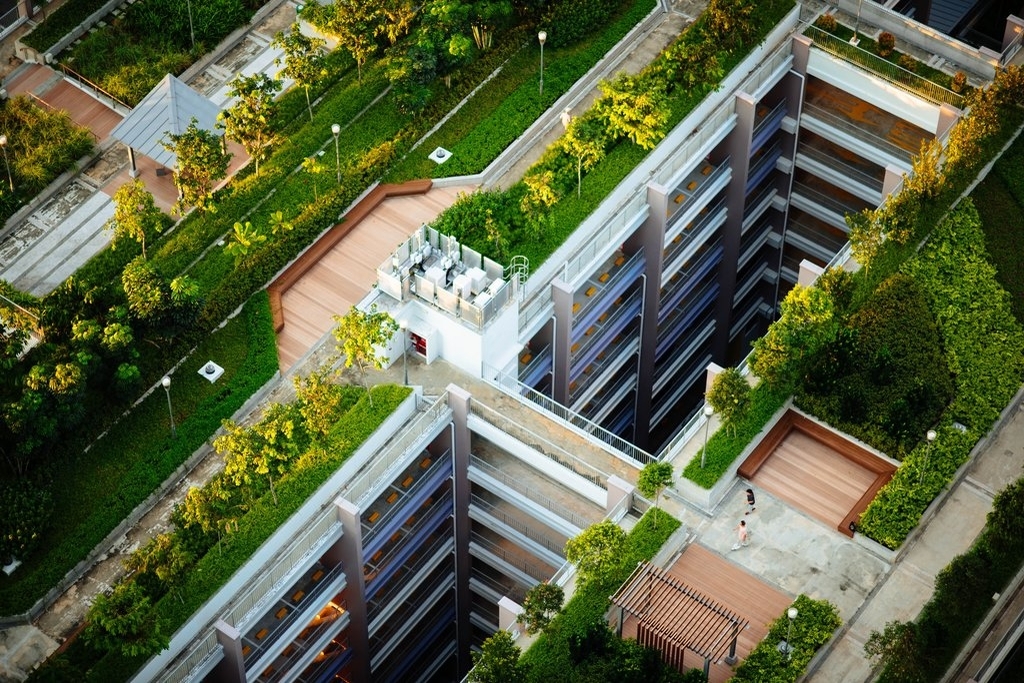The smart Trick of City Blooming That Nobody is Talking About
The smart Trick of City Blooming That Nobody is Talking About
Blog Article
Everything about City Blooming
Table of ContentsNot known Incorrect Statements About City Blooming Excitement About City BloomingWhat Does City Blooming Mean?All about City BloomingThe City Blooming Ideas
Intrigued in expanding food for sale in the City of Chicago? Below is a list of regularly asked concerns regarding the rules and policies that cultivators need to take into consideration when planning a metropolitan agriculture project.
The zoning modification does not customize any type of various other codes handling composting, building authorizations, buying or renting City owned home, service licenses or ecological contamination. There are existing codes that control these concerns and they remain completely impact and might be suitable to your job. Community gardens are typically owned or handled by public entities, public companies or community-based companies and maintained by volunteers.
Urban farms grow food that is intended to be marketed, either on a not-for-profit or for-profit basis. Due to their business function, city farms require an organization certificate.
The Best Guide To City Blooming
Composting is allowed but just for plant product that is produced and made use of on website. The amount of compost material can not go beyond 25 cubic backyards at any kind of provided time according to the criteria in 7-28-715 of the City's Municipal Code. Yes. Because the soil at a lot of brand-new garden websites requires modifying, garden compost, dirt, timber chips, or other products can be acquired to build or enhance the expanding room - sustainability.

If a structure authorization is required after that the hoophouse will certainly be taken into consideration an accessory building. You can figure out more concerning the structure permit requirements by contacting the Department of Structures. The 25,000-square-foot size limitation is planned to protect against a single area yard from dominating an offered block or detracting from the block's existing property or commercial personality.
The restriction does not apply to gardens situated in Public Open Area (POS) districts. Can there be more than one area yard that is 25,000 square feet on a single block? Secure fencing is not called for, nevertheless, yards that have huge auto parking locations might check my source be needed to set up fencing or other landscaping features.
Some Known Facts About City Blooming.
B1 & B2 districts call for that all business use activities be carried out indoors. Is fencing needed for city ranches? Fencings may be required, along with landscaping and screening, for particular car parking locations and exterior job or storage areas depending on location and the specific activity taking place.
Yes. Urban farms require structure licenses and zoning approvals before building. Other forms of city review may be required depending upon specific frameworks, activities, dimension, landscaping, licensing, public health and stormwater management concerns. Most of these needs are identified in the project layout or allowing procedure, nonetheless, the applicant might be liable to independently recognize details licenses or permits that may be required.
The Division of Service Matters and Consumer Protection can aid determine the specific type of service certificate that's required. Off street car park is required for the majority of commercial tasks in Chicago. The needed number of parking spaces is based on the number of employees working on website and not the square footage of the expanding area.
The Ultimate Guide To City Blooming

An urban ranch can offer compost product produced on site, however, the procedure needs to abide with the laws in 7-28-715 of the Chicago Municipal Code. Aquaponic systems are allowed indoors on city farms in several zoning areas.
Up to 5 hives or nests of honey bees might be maintained as an accessory use. However, beekeepers have to sign up with the Illinois Division of Agriculture. For more info concerning the proposed zoning amendment you might get in touch with the Division of Real Estate and Economic Growth, Bureau of Planning and Zoning at 312.744.8563.
Farming in cities and metropolitan areas An urban farm in Chicago. Urban farming describes numerous practices of growing. http://peterjackson.mee.nu/do_you_ever_have_a_dream#c2110, handling, and distributing food in city areas. The term additionally applies to the area activities of animal husbandry, aquaculture, beekeeping, and gardening in a metropolitan context. Urban agriculture is identified from peri-urban farming, which occurs in rural locations at the side of suburbs.
The City Blooming Ideas
, who look for to form social networks established on a common principles of nature and area holism. These networks can create by way of formal institutional support, becoming incorporated into regional town preparation as a "shift community" activity for sustainable urban advancement.
Some of the first proof of metropolitan agriculture comes from Mesopotamia.
Report this page